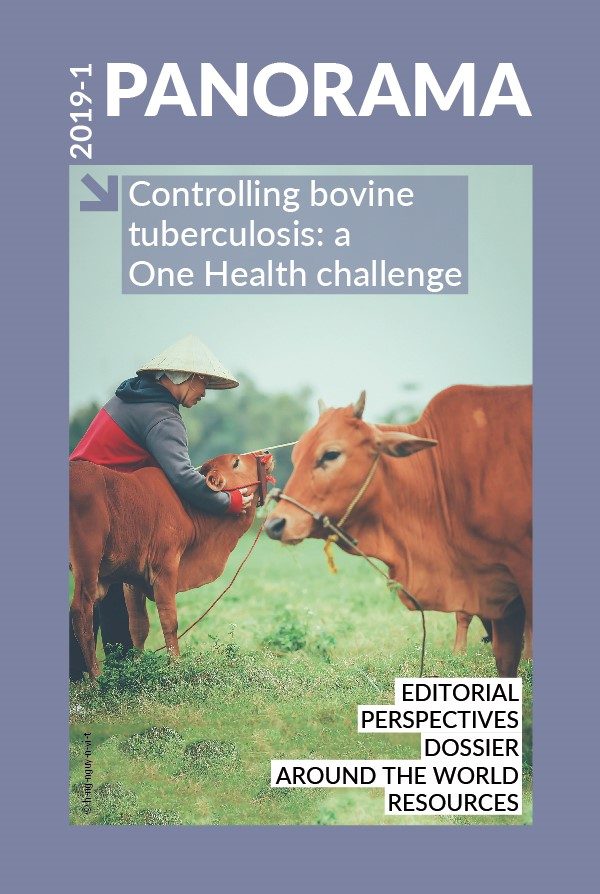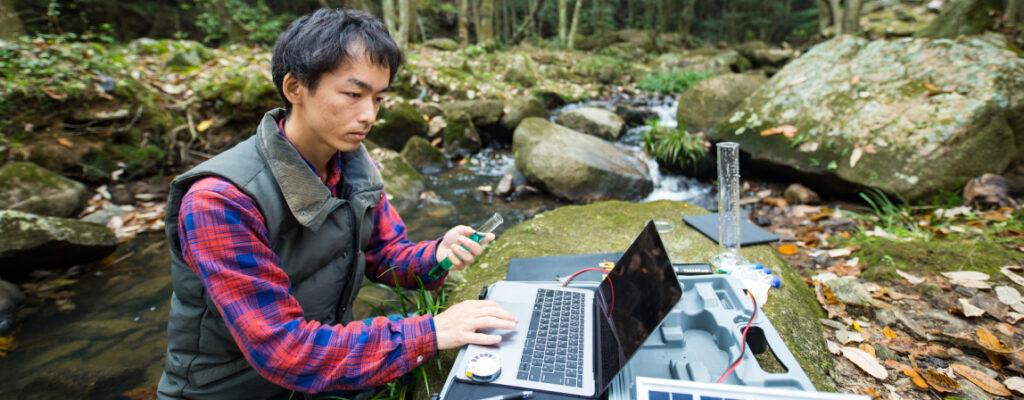Dossier Posted on 2019-04-30 19:03:43
Reverse vaccinology approach for novel bovine tuberculosis vaccines
The Canadian ReVAMP project
Keywords
Authors
Jeffrey Chen(1), Volker Gerdts(2)* & Andrew Potter(3)**
(1) Molecular Microbiologist, Vaccine and Infectious Disease Organization – International Vaccine Centre (VIDO–InterVac), University of Saskatchewan, Canada.
(2) Associate Director of Research, Vaccine and Infectious Disease Organization – International Vaccine Centre (VIDO–InterVac), University of Saskatchewan, Canada.
(3) Director and Chief Executive Officer, Vaccine and Infectious Disease Organization – International Vaccine Centre (VIDO–InterVac), University of Saskatchewan, Canada.
* Corresponding author: volker.gerdts@usask.ca
** At the time of publication of this article, Dr Andrew Potter had retired and Dr Volker Gerdts is the new Director and Chief Executive Officer of VIDO–InterVac.
The designations and denominations employed and the presentation of the material in this article do not imply the expression of any opinion whatsoever on the part of the OIE concerning the legal status of any country, territory, city or area or of its authorities, or concerning the delimitation of its frontiers and boundaries.
The views expressed in this article are solely the responsibility of the author(s). The mention of specific companies or products of manufacturers, whether or not these have been patented, does not imply that these have been endorsed or recommended by the OIE in preference to others of a similar nature that are not mentioned.
Vaccines are widely recognised as the most cost-effective way to prevent infections, but their application to the control of bTB in livestock is limited. Although the live attenuated Bacillus Calmette–Guérin (BCG) vaccine has protected humans against tuberculosis for decades, there are concerns that its use in livestock will render the tuberculin skin test for bTB diagnosis ineffectual.
In Canada, scientists are taking a reverse vaccinology approach to develop new vaccines
To address the urgent need for a bTB vaccine, scientists at VIDO-InterVac, the largest biocontainment research facility in Canada, and collaborators at the University of British Columbia and the University of Calgary are taking a reverse vaccinology approach to develop vaccines for the prevention of mycobacterial diseases in cattle (ReVAMP), including bTB and Johne’s disease.
A genomics-based strategy is employed to identify and assess Mycobacterium bovis cell-surface and secreted proteins for their potential as bTB vaccine components in experimentally infected calves. The immune responses of calves to M. bovis infection are assessed to identify bacterial proteins expressed during infection. Using bioinformatics techniques, the proteins that might provoke an immune response are prioritised for production in Escherichia coli, tested and developed into novel DIVA(1) vaccine formulations and companion diagnostic tests. In parallel, the competitiveness of bTB DIVA vaccines and companion diagnostics versus the existing test-and-slaughter strategy are being evaluated by investigating public perceptions and industry readiness, commercialisation strategies, and the regulatory systems required for optimal user uptake.
To date, 297 M. bovis proteins have been identified, of which 80 have been tested in calves experimentally infected with bTB. This ongoing project is expected to deliver bTB DIVA vaccines, companion diagnostics and a white paper to inform the public, producers and governments of the best strategies to fight bTB.
________________________________________
(1) DIVA: differentiation of infected from vaccinated animals
http://dx.doi.org/10.20506/bull.2019.1.2918










